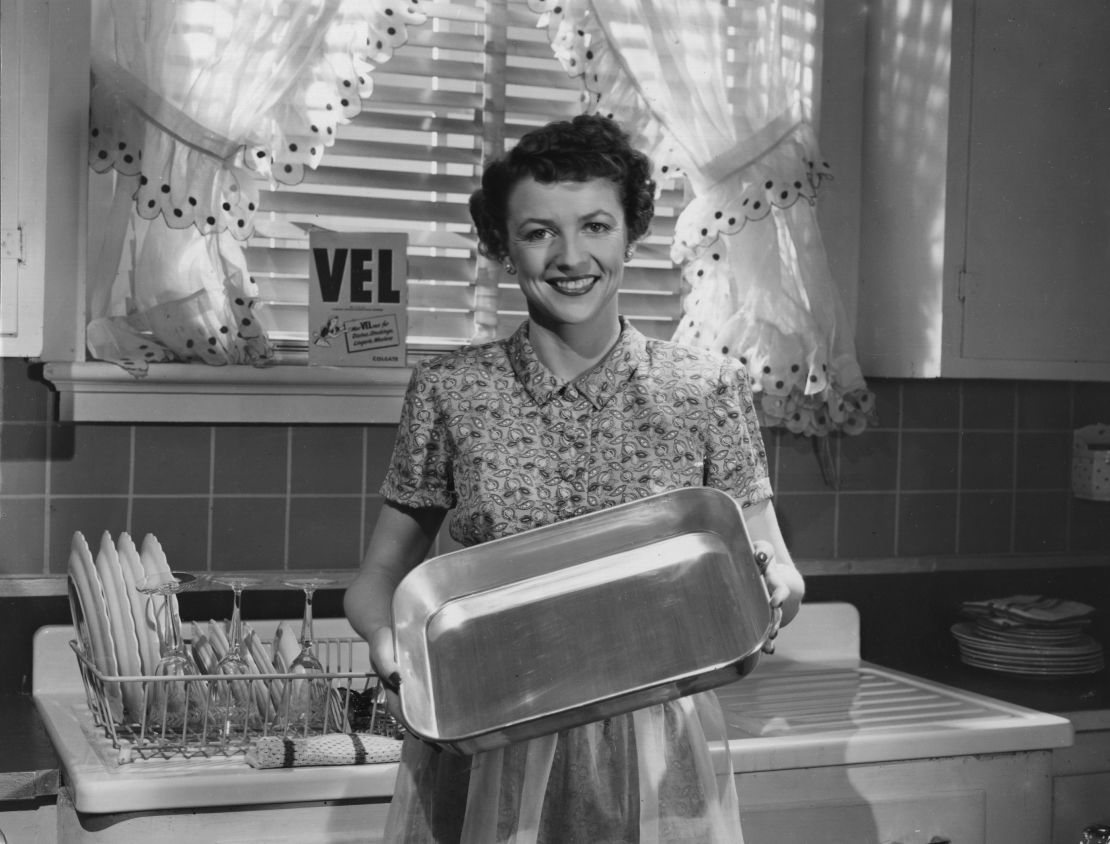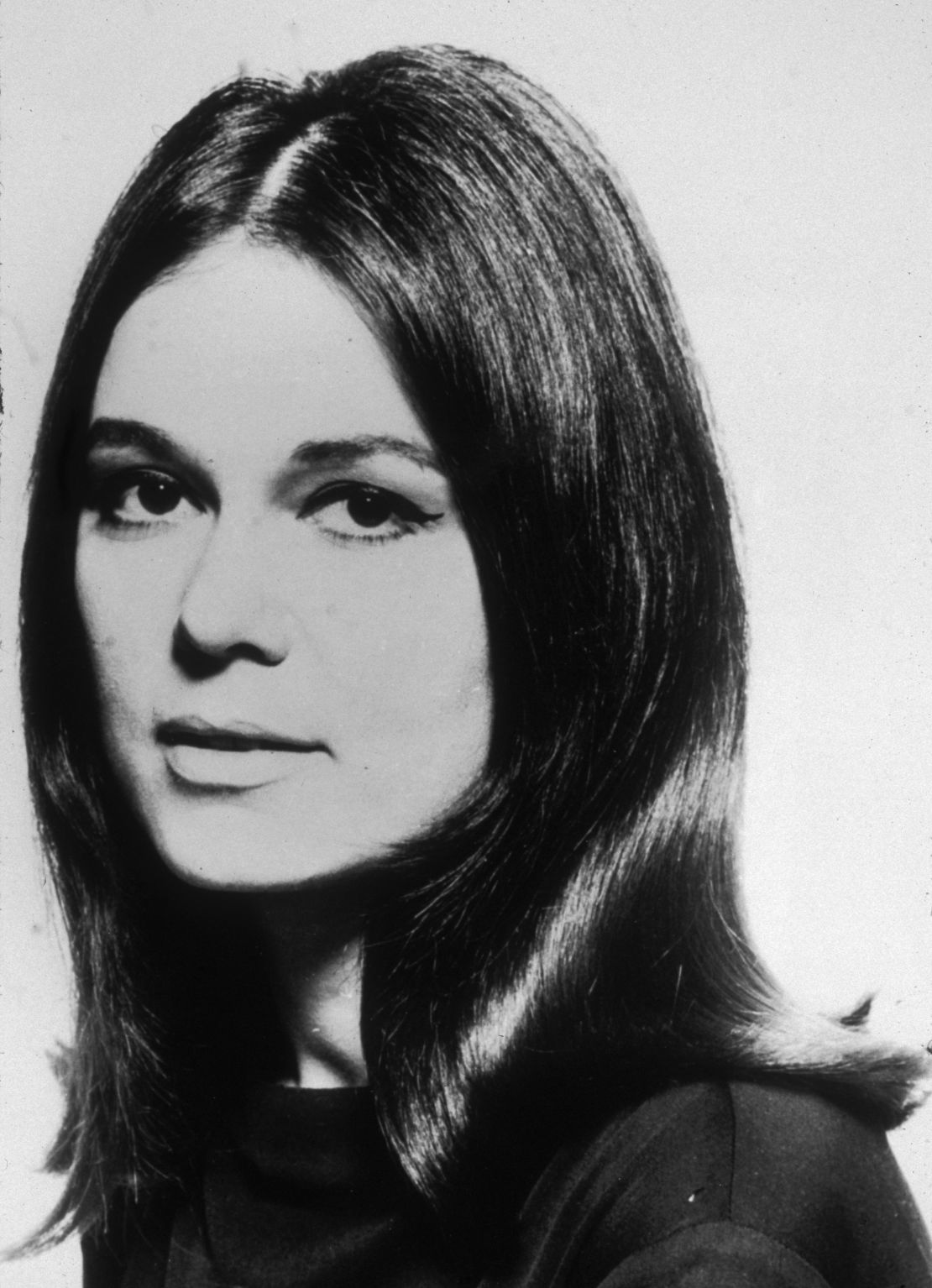Story highlights
Not long ago, a woman couldn't start a business without her husband's permission
Issues like reproductive freedom were only just beginning to see the light of day in the 1960s
Discover your '60s personality by taking the CNN Sixties quiz
Can you imagine pregnancy being a fireable offense? How about job security hinging on your weight or the softness of your hands? What if you couldn’t open a bank account or establish a line of credit unless you had a husband to cosign for you? What if you had the grades to attend a school like Princeton, but your gender kept you on the other side of those hallowed, ivy-covered halls?
It was not so long ago that this was the reality for women. If you’re 45 or older, you were born into this world.
When President John F. Kennedy established the Commission on the Status of Women in 1961, he appointed Eleanor Roosevelt as chairwoman. In a televised 1962 discussion with Roosevelt, Kennedy stated, “We want to be sure that women are used as effectively as they can to provide a better life for our people, in addition to meeting their primary responsibility, which is in the home.”

This was a mixed message, effectively telling women, “Go! Learn! Flourish! Do! … but also, have babies and put your husband’s needs before your own.”
But you can thank the nation’s real-life Peggy Olsons for beginning to roar at this time. Have a look back at five surprising things women could not do in the 1960s:
1. Get a credit card: In the 1960s, a bank could refuse to issue a credit card to an unmarried woman; even if she was married, her husband was required to cosign. As recently as the 1970s, credit cards in many cases were issued with only a husband’s signature. It was not until the Equal Credit Opportunity Act of 1974 that it became illegal to refuse a credit card to a woman based on her gender.
2. Serve on a jury: It varied by state (Utah deemed women fit for jury duty way back in 1879), but the main reason women were kept out of jury pools was that they were considered the center of the home, which was their primary responsibility as caregivers. They were also thought to be too fragile to hear the grisly details of crimes and too sympathetic by nature to be able to remain objective about those accused of offenses. In 1961, the Supreme Court unanimously upheld a Florida law that exempted women from serving on juries. It wasn’t until 1973 that women could serve on juries in all 50 states.
Longing for the carefree parenting style of yesterday?
3. Go on the birth control pill: Issues like reproductive freedom and a woman’s right to decide when and whether to have children were only just beginning to be openly discussed in the 1960s. In 1957, the FDA approved of the birth control pill but only for “severe menstrual distress.” In 1960, the pill was approved for use as a contraceptive. Even so, the pill was illegal in some states and could be prescribed only to married women for purposes of family planning, and not all pharmacies stocked it. Some of those opposed said oral contraceptives were immoral, promoted prostitution and were tantamount to abortion. It wasn’t until several years later that birth control was approved for use by all women, regardless of marital status. In short, birth control meant a woman could complete her education, enter the work force and plan her own life.
4. Get an Ivy League education:
Yale and Princeton didn’t accept female students until 1969. Harvard didn’t admit women until 1977 (when it merged with the all-female Radcliffe College). With the exception of the University of Pennsylvania, which began accepting women on a case-by-case basis in 1876, and Cornell, which admitted its first female student in 1870 (also offering admission under special circumstances), women couldn’t attend Ivy League schools until 1969 at the earliest. Brown (which merged with women’s college Pembroke), Dartmouth and Columbia did not offer admission to women until 1971, 1972 and 1981, respectively. Other case-specific instances allowed some women to take certain classes at Ivy League institutions (such as Barnard women taking classes at Columbia), but by and large, women in the ’60s who harbored Ivy League dreams had to put them on hold.
5. Experience equality in the workplace: Kennedy’s Commission on the Status of Women produced a report in 1963 that revealed, among other things, that women earned 59 cents for every dollar that men earned and were kept out of the more lucrative professional positions. When the 1964 Civil Rights Act was going through Congress, an amendment made it illegal to discriminate on the basis of gender as well as race. When the amendment was not taken seriously regarding women in the workplace, the National Organization of Women was founded to enforce full equality for women in truly equal partnership with men.
For example, NOW challenged several of the now-defunct airline Pan Am’s rules, including the following: Stewardesses had to meet a certain height requirement, maintain a set weight, resign if they got married, maintain soft hands and face mandatory retirement at age 32. That all ended when Title VII of the Civil Rights Act prohibited such instances of discrimination.
It wasn’t just NOW fighting for women’s rights.

When journalist and activist Gloria Steinem went undercover as a Playboy Bunny one year before the Civil Rights Act, she exposed the exploitative environment for women at the Playboy Club. Steinem reported their wages and detailed the sexual demands of the male clientele. When Steinem’s expose was published, Playboy founder Hugh Hefner changed the working conditions of those women for the better.
BONUS: Talk openly about sex: Helen Gurley Brown’s “Sex and the Single Girl” presented the notion that it was OK – even enjoyable – for a woman to live on her own, have her own money, have sexual relationships before marriage or even – wait for it – never marry at all!
It wasn’t until publication of Betty Friedan’s “The Feminine Mystique” that women’s dissatisfaction with life and frustration over lack of opportunities came to light.
“A woman today has been made to feel freakish and alone and guilty if, simply, she wants to be more than her husband’s wife,” said Friedan.
Today, far fewer people give credence to the notion of a woman existing for the sole purpose of being the husband’s helpmate.
Just this week, sales soared when LEGO released a playset featuring three female scientists.






